
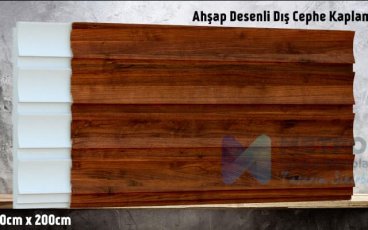
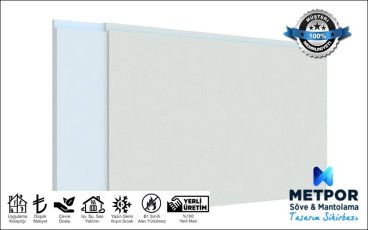
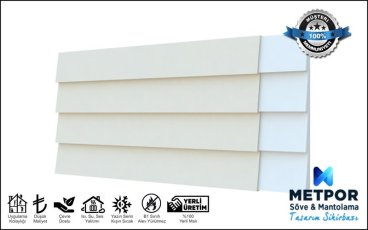
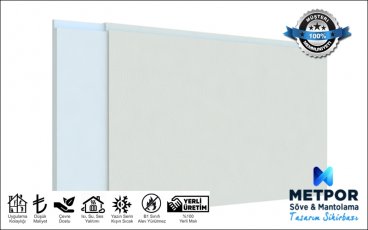
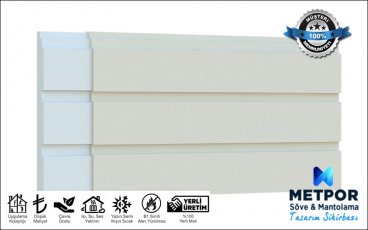
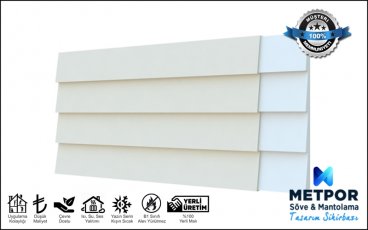

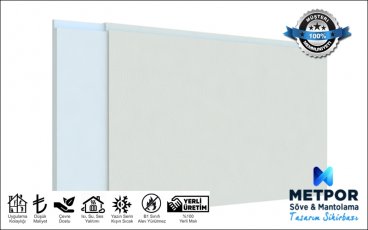
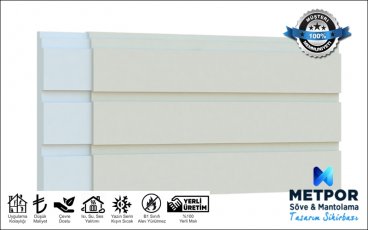
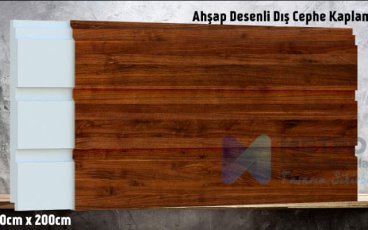
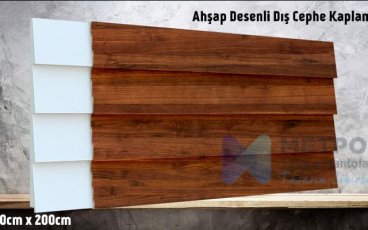












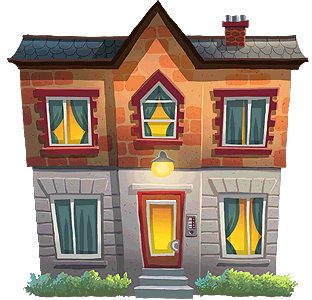

Mantolama Nedir: Evinizi Isıya ve Sese Karşı Korumanın En Etkili Yolu 2025'te Mantolama Trendleri: Evinizi Konforun ve ..
Devamını Oku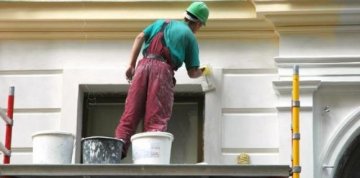
Dış Cephe Kaplama Fiyatları 2025: Hayallerinizdeki Binaya Uygun Fiyatlarla Ulaşın! Yeni bir yıla girdiğimiz şu ..
Devamını Oku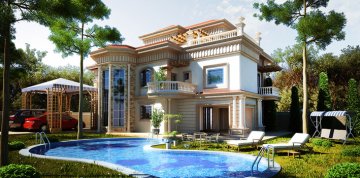
Bina Dış Cephe Kaplama Modelleri ile Evinizin Görünümü Tepeden Tırnağa Değiştirin Dış cephe kaplama modelleri, ..
Devamını Oku
Mantolama Nedir: Evinizi Isıya ve Sese Karşı Korumanın En Etkili Yolu 2025'te Mantolama Trendleri: Evinizi Konforun ve ..
Devamını Oku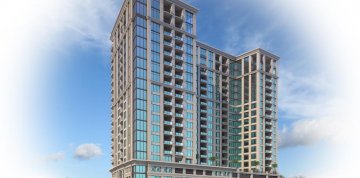
Dış Cephe Kaplama: Estetik ve Dayanıklılığı Buluşturan Çözümler Binanızın dış cephesi , ilk izlenimi oluşturan ve ..
Devamını Oku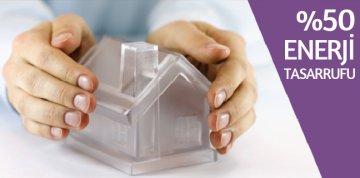
2025 Mantolama Metrekare m2 Birim Fiyatları Dış cephe mantolama, yapıların ısı yalıtımını artırmak ve enerji tasarrufu ..
Devamını Oku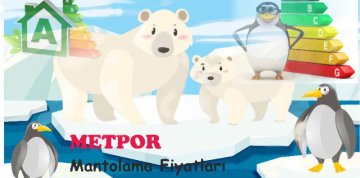
Mantolama M2 Birim Fiyatları 2025 Ev sahipleri enerji tasarrufu ve estetik kaygılarıyla bir araya geliyor. Mantolama, ..
Devamını Oku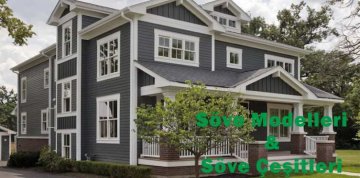
Söve Çeşitleri ve Modelleri: Binalarınıza Özel Seçenekler Dış cephe söve modelleri, binaların dış görünümünü estetik ..
Devamını Oku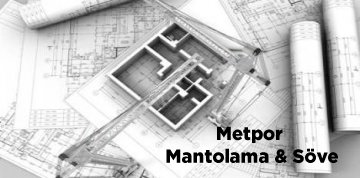
Söve Nedir? | Dış Cephe Söve Çeşitleri ve Kullanım Alanları Söve, yapıların dış cephe tasarımında önemli bir unsurdur. ..
Devamını Oku
Isı Yalıtım Levhası: Enerji Tasarrufunda Teknolojik Mükemmellik Günümüzde binaların enerji verimliliği, ..
Devamını Oku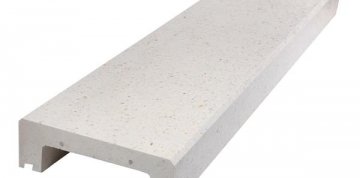
Harpuşta Nedir? Harpuşta Modelleri 2025 EPS Strafor İle Özel Ölçüde Harpuşta Modelleri: Çatı Tasarımınızı Şıklık ve ..
Devamını Oku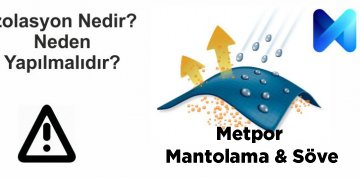
İzolasyon Nedir: Binalarda Sıcaklık Kontrolü için En İyi Çözüm İster yeni bir bina inşa ediyor olun, ister mevcut ..
Devamını Oku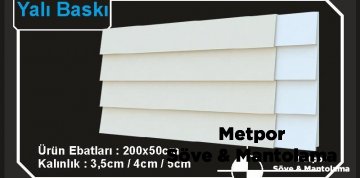
Yalı Baskı Isı Yalıtım (Mantolama) Fiyatları Taban malzemesi genellikle EPS (genleştirilmiş polistiren) köpük olan ..
Devamını Oku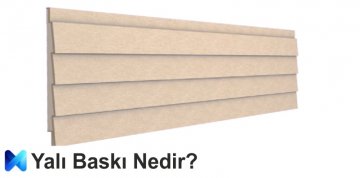
Yalı Baskı ile Dış Cephe Tasarımında Trendler ve Yenilikler Yalı Baskı Nedir? Dış Cephe Mantolama ve Özellikleri ..
Devamını Oku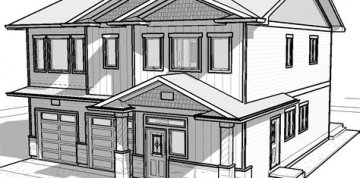
Mantolama Çeşitleri: 2025'te Evinizi Güçlendirirken Tarzınızı da Yansıtın Dış cephe mantolama , dış cepheye yaptığınız ..
Devamını Oku
Tadilat Nedir? Hayallerinizdeki Evi Gerçekleştirmenin Anahtarı! Tadilat bir bakıma mevcut olanı değiştirebilen, ..
Devamını Oku2005 - 2023 MT Web Team | Metpor Söve & Mantolama Ürünleri - Metpordekor.com

Okunma: 2 391 310
Mete Yılmaz